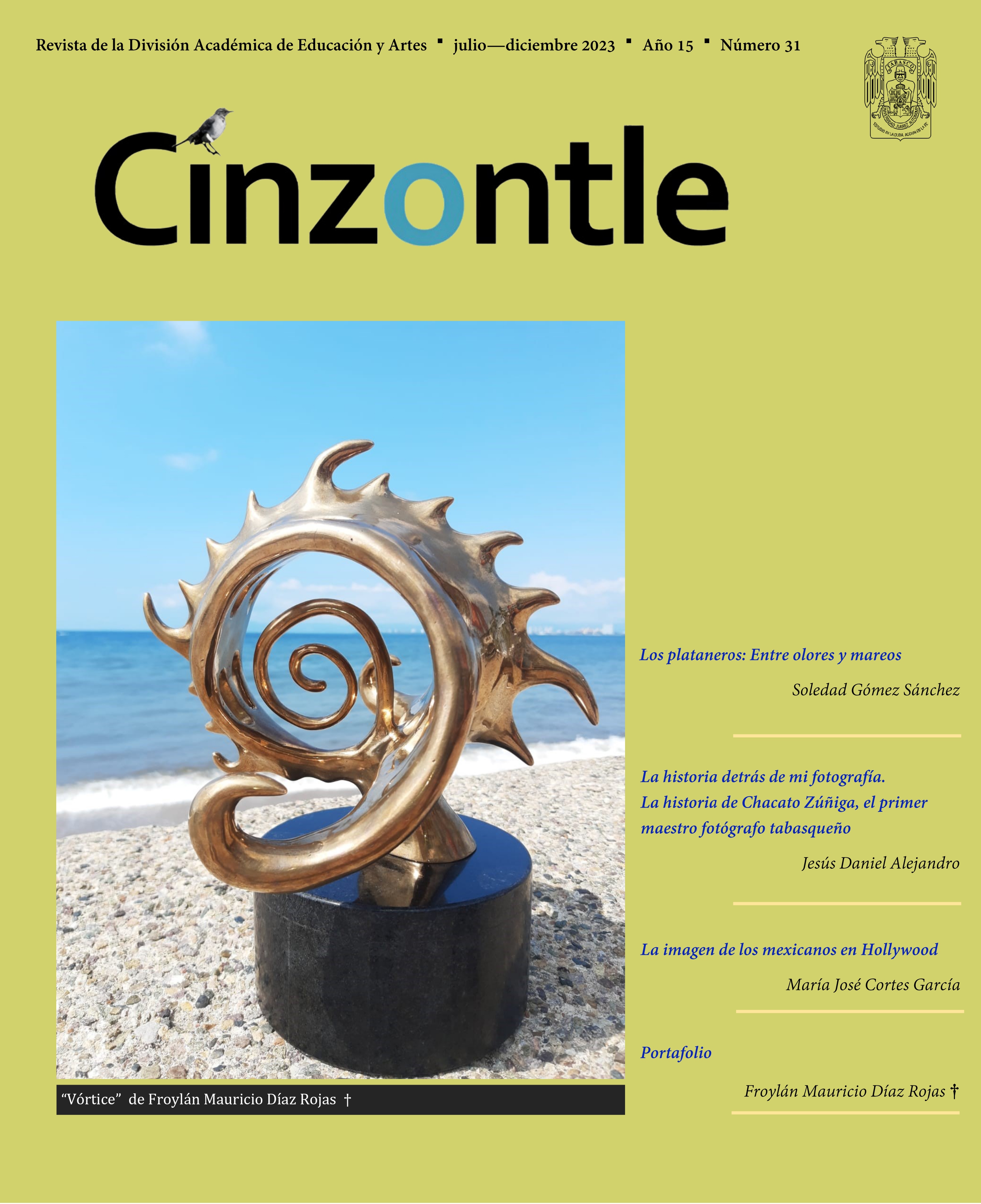DONALD TRUMP'S “HATE SPEECH”?
DOI:
https://doi.org/10.19136/cz.a15n31.5426Keywords:
Hate speech, Donald Trump, Rhetoric, Totalitarian SpeechAbstract
Frequently, and a certain lightness, it has been said that Donald Trump's speech is a typical case of "hate speech", assuming its pathological and incoherent character. I don't deny the value and truth of this cathegorization, but I question its usefulness in order to understand the magnitude and nature of the discourse of the president of the United States, capable of shaking the order of the world and the old ecumenical pretensions. In this way, instead of dwelling on the descriptions of the Trumpian discourse as a product of ignorance and resentment, here is proposed a rhetorical analysis that projects the evidence that we are dealing with wise and effective uses of old manipulation techniques perfectly thought out and with defined purposes, similar to those used by Adolf Hitler, for example, in the magnificent sense of opportunity, known since antiquity as Kairos.
References
Aristóteles (2002). Retórica. México: Universidad Nacional Autónoma de México.
Blain, Michael (1988). Fighting Words: What we Can Learn from Hitler’s Hyperbole. Symbolic Interaction, 11: 257-276. http://dx.doi.org/10.1525/si.1988.11.2.257
Casals, María (1988). El argumento petitio principii: una falacia para dogmáticos. Estudios sobre el Mensaje Periodístico, 4: 203-222.
Hitler, Adolf (1925). Mein Kampf. München: Schutzuschlag Franz Eher Verlag.
Kaufman, Gustavo (2015). Odium dicta. Libertad de expresión y protección de grupos discriminados en internet. México: CONAPRED.
Kershaw, Ian (2002). Hitler (I): 1889-1936. Barcelona: Península.
Medhurst, Martin (2016). Trump tics: Making hyperbole great again. http://www.breitbart.com/news/trump-tics-making-hyperbole-great-again/ (consultado el 25 de noviembre de 2017).
Nockleby, John (2000). Hate Speech. En Encyclopedia of the American Constitution, compilado por Leonard Levy y Kenneth Karst. Detroit: Macmillan, 1277-1279.
Ramírez, Gerardo (2013). La palabra y el puño. Perfiles de la retórica nazista en Mein Kampf de Adolfo Hitler. México: UNAM.
Skeem, Jennifer, Devon Polaschek, Christopher Patrick y Scott Lilienfeld (2011). Psychopathic Personality: Bridging the Gap Between Scientific Evidence and Public Policy. Psychological Science in the Public Interest, 12: 95-162. https://doi.org/10.1177/1529100611426706
Steinert, Marlis (1999). Hitler y el universo hitleriano. Buenos Aires: Ediciones B.
Trump, Donald y Tony Schwartz (1987). The Art of the Deal. New York: Ballantine Books.
Van Dijk, Teun (2007). Racismo y discurso en américa latina. Barcelona: Gedisa.
____ (2009). Discurso y poder. Barcelona: Gedisa.
Webster, Christopher, Grant Harris, Marnie Rice y Vernon Quinsey (2005). Guía para la valoración del riesgo de comportamientos violentos. Barcelona: Publicacions i Edicions Universitat Barcelona.
Downloads
Published
Issue
Section
License
Usted es libre de:
- Compartir — copiar y redistribuir el material en cualquier medio o formato
- La licenciante no puede revocar estas libertades en tanto usted siga los términos de la licencia
Bajo los siguientes términos:
- Atribución — Usted debe dar crédito de manera adecuada , brindar un enlace a la licencia, e indicar si se han realizado cambios . Puede hacerlo en cualquier forma razonable, pero no de forma tal que sugiera que usted o su uso tienen el apoyo de la licenciante.
- NoComercial — Usted no puede hacer uso del material con propósitos comerciales .
- SinDerivadas — Si remezcla, transforma o crea a partir del material, no podrá distribuir el material modificado.
- No hay restricciones adicionales — No puede aplicar términos legales ni medidas tecnológicas que restrinjan legalmente a otras a hacer cualquier uso permitido por la licencia.
Avisos:
No tiene que cumplir con la licencia para elementos del materiale en el dominio público o cuando su uso esté permitido por una excepción o limitación aplicable.
No se dan garantías. La licencia podría no darle todos los permisos que necesita para el uso que tenga previsto. Por ejemplo, otros derechos como publicidad, privacidad, o derechos morales pueden limitar la forma en que utilice el material.


